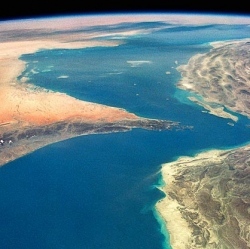
Planetary Resources Inc, the asteroid mining company, will advance its mission to mine resource-rich near-Earth asteroids (NEAs) by launching the first in its Arkyd Series of spacecraft – the A3 – into low-Earth orbit as early as April 2014. The A3 is the Arkyd 100’s technology demonstrator, and the mission will provide for early testing and serve to validate the spacecraft’s core technology and software in the development of the program.
Planetary Resources is under contract with NanoRacks, through its Space Act Agreement with NASA, to release the A3 from the International Space Station’s Kibo airlock.
The A3 is a sophisticated yet cost-effective means to test technologies supporting the follow-on Arkyd 100 missions in 2015.” Around the size and weight of a small desk-top computer, the Arkyd 100 provides a compact and capable platform for NEA detection and characterization. The A3 test spacecraft, at just 10 lbs (4 Kg), about one-third the weight of an Arkyd-100, offers an even more compact vehicle for early testing for many of Arkyd 100’s key functions.
Planetary Resources’ long-term mission is to mine NEAs for raw materials, ranging from elements used in rocket fuel to precious metals. The Arkyd-100 Series will be used in low-Earth orbit to assist in selecting the first priority targets for the company’s follow-on expeditions.
Planetary Resources is revolutionizing low cost space telescopes and lowering the cost of satellites by a hundred times.
If Planetary Resources is successful in 2014 and 2015 with their low cost space telescope it will open a new age of low cost space telescopes and low cost satellites. Highly functional satellites with cost $2 million or less instead of $200 million. There will still be more expensive satellites and there are already cubesats but this will open up another category with near cubesat costs but with more capabilities
